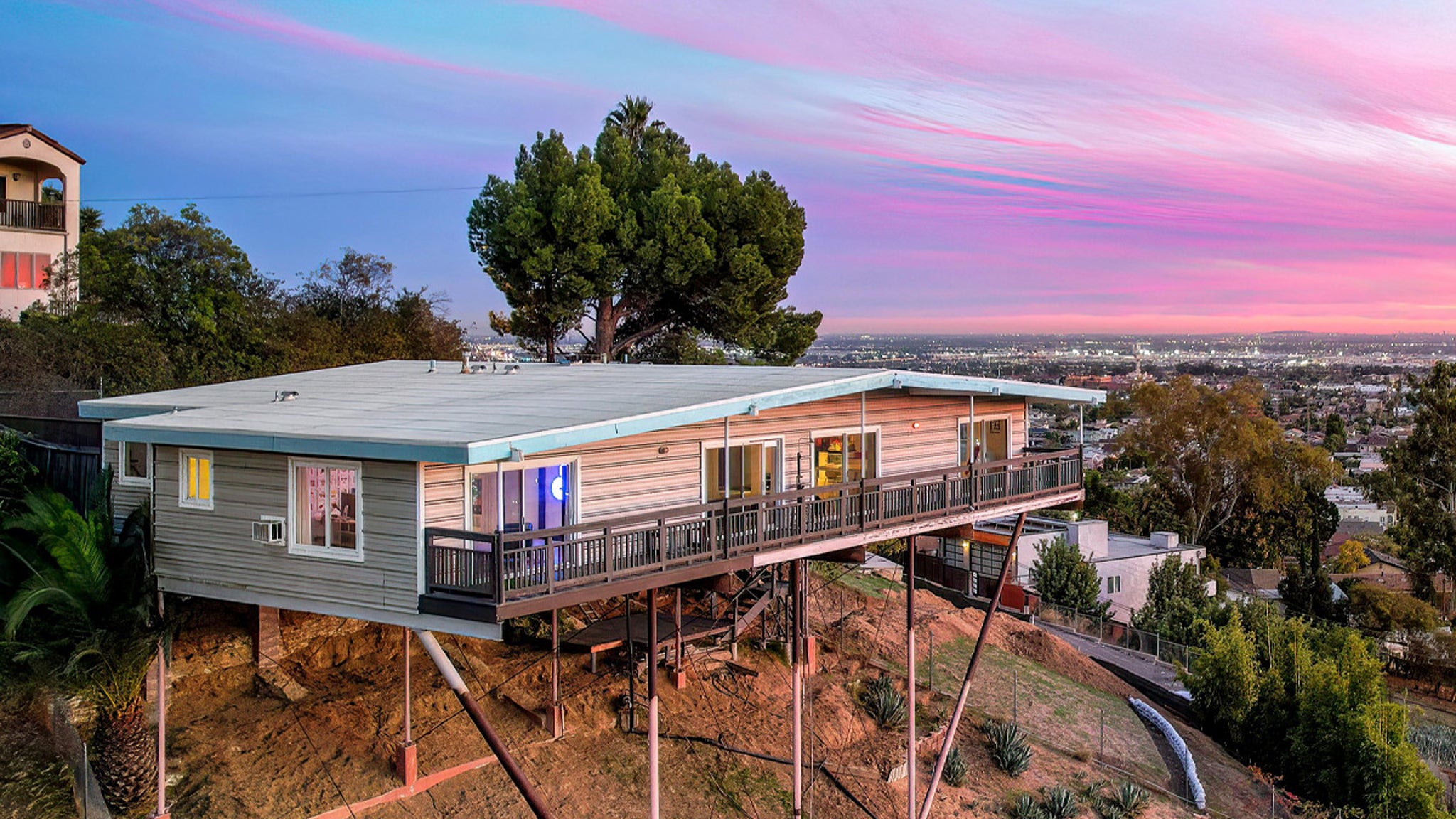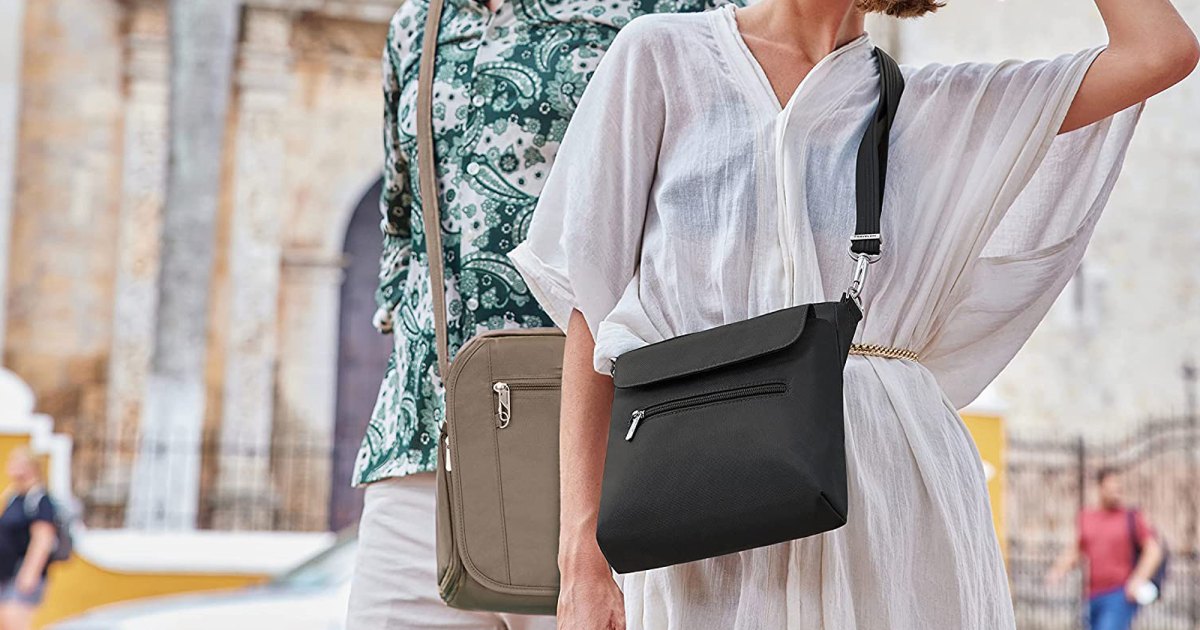Beauty
The Disturbing Truth About Hair Relaxers

Even as Black hair was becoming increasingly political, many Black consumers continued using relaxers and began complaining that their scalps were being burned and their hair was thinning and breaking because of the harshness of lye-based relaxers. In 1975, the Federal Trade Commission demanded that Johnson put warning labels on lye-based products. By the mid-1980s, many manufacturers had removed sodium hydroxide from its relaxer ingredient list. Most replaced it with a milder chemical, calcium hydroxide. The products were labeled “no lye,” and the companies added marketing descriptors like “gentle,” “natural,” “healthy,” “nourishing” and “conditioning.” In 1979, Revlon, the first non-Black company to set its sights on the lucrative Black hair-care market, introduced a relaxer cream it called Realistic. Positioning itself as superior to the Black-owned companies, it branded its product “the first hair relaxer good enough to be called Revlon.”
In 1998, Carson Products bought Johnson Products for $70 million; in 2000, the French cosmetic company L’Oréal acquired Carson. L’Oréal also snapped up SoftSheen, paying a combined price estimated at $370 million for the two companies and absorbing 20 percent of the Black hair-care market. The industry was booming — and selling chemically relaxed hair to a new generation with kits that were themselves objects of desire, decorated in pastels, flowers, butterflies and photos of smiling little-girl models with their hair hanging in glossy dark sheets.
James-Todd grew up during this boom, and she remembers her Black-girl rite of passage at 8 years old: getting her hair relaxed for the first time. As she sat in the chair at a salon in Kansas City, Mo., in 1987, with thick white goo covering her head, she imagined herself with the long, straight hair she’d seen on family members. Then her scalp began to burn. As she squirmed, she recalls, her mother told her: “Hold still. This is how it’s supposed to feel.” That evening, as she brushed her hair, it fell out in handfuls.
As it turned out, several of the young models who became mini-celebrities as the faces of Pretty-n-Silky, Beautiful Beginnings, Just for Me and other relaxers targeted to children would reveal decades later that they never used the products themselves — or had long ago stopped chemically relaxing their hair — and instead straightened their hair with heat.Many Black women do use heat to straighten their hair, by blow drying, flat ironing or pressing the hair in salons or at home with instruments more advanced than the hot comb my grandmother used. But when the hair gets wet — when it is washed or during a rainstorm, in a swimming pool or after a vigorous workout — it reverts to its natural state. My mother didn’t learn to swim until her 70s, because as a child she wasn’t allowed to get her hair wet; it would “go back,” and my grandmother would have to start the time-consuming straightening process all over again.
Working women and busy mothers often feel that they don’t have the time or the money to spend on that laborious routine, making chemical relaxers an easier and much more affordable option. That helps explain why a vast majority of Black women have used relaxers at some point in their lives.
























